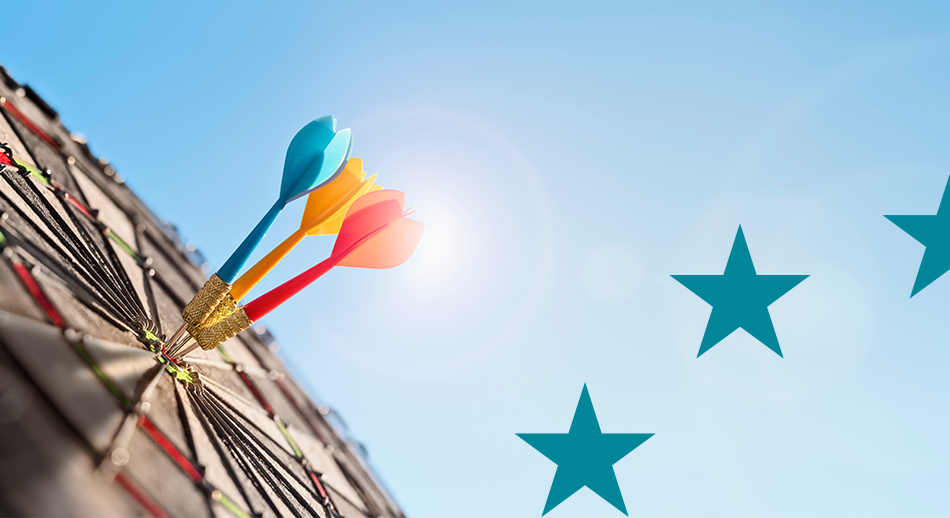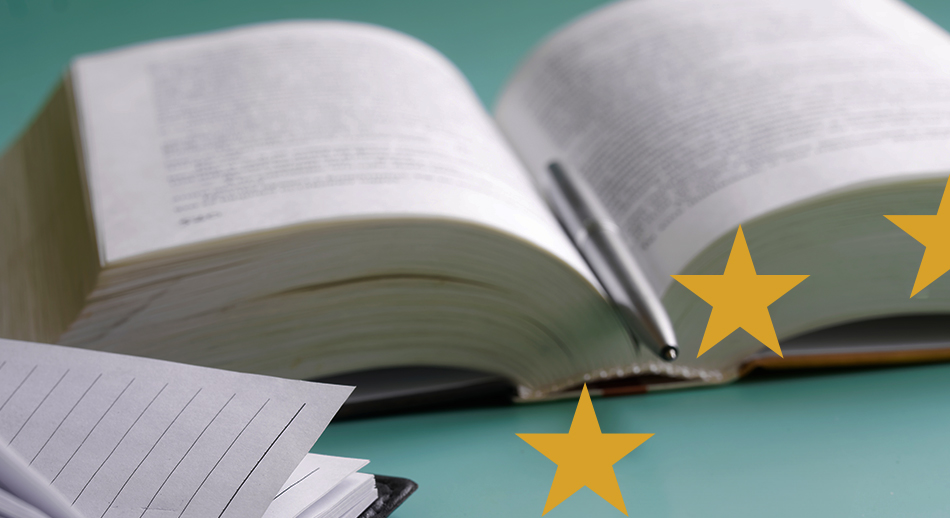We have changed the structure of our site to make it easier to use and navigate. Let’s find out together.
Guide to EU Projects and Funding, three major sections
We have organized our Guide into three major sections.
- THE MANUAL: the most systematic section of the Guide, with the basics, structure, and method for working on European funds, divided into chapters and subchapters. Our little “textbook” on European planning;
- THE PROGRAMS: the most schematic section of the Guide, an entry point where we collect all the factsheets and direct links to learn more about Community Programs, Regional, National and Rural Programs, and Territorial Cooperation Programs;
- THE APPROPRIATIONS: the section where we offer weekly articles and resources useful to those working with European projects-news, tools, interviews, calls and multimedia resources.
Simpler homepage and menus
We have reduced the content of our homepage to the essentials, from which you can directly access the big three sections of the Guide. It also allows you to find out about our partners, see the latest news published, subscribe to our newsletter, and contact us, directly and through social media.
The three large sections are also taken up at the top so that they can be accessed from any page on the site.
From the burger menu (top right), all subsections can also be accessed directly.In addition, each of the three major sections of the Guide opens with a “landing page” that echoes its objectives and features a special side menu (left) to access all the section’s contents.
New categories and new tags for our articles
Our articles have been organized into a smaller number of categories: News, The Guide Responds, Guides and Tools, and Stories, in addition to the Archive (where older articles are catalogued) and specific tools such as the Glossary and the Notice Portal.
The “tags” associated with each article have also been simplified and unified so that they can be more easily used to search for articles of the same type or related to the same theme.
That leaves the “search” (the lens at the top of each page) as a useful tool for navigation, and the buttons in each article and chapter that allow them to be printed (including as pdfs) and shared through social networks.
Find a short video explaining the new sections and functions of the Guide to EU Projects and Funding here.




